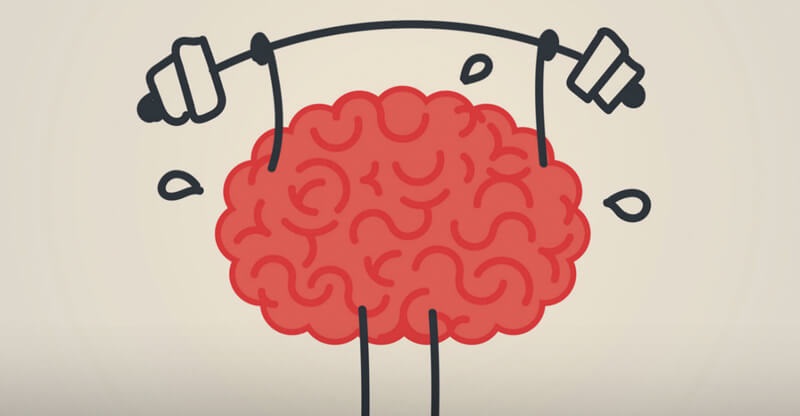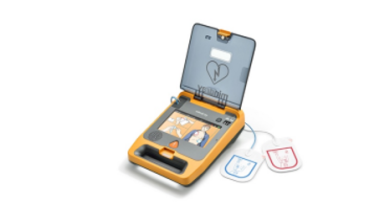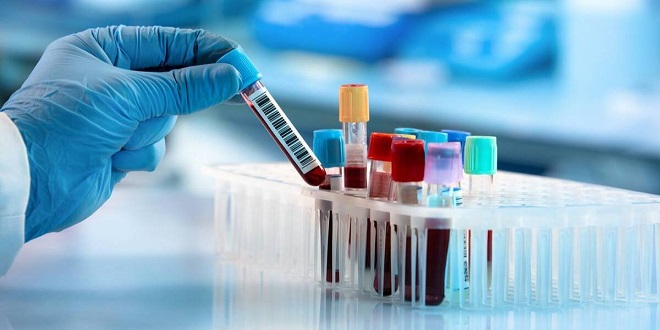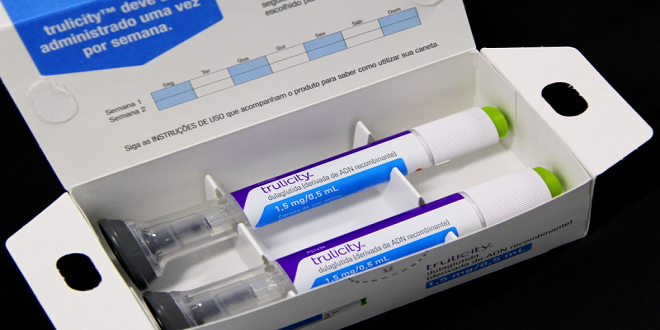Know your symptoms – When to check the normal range of Urobilinogen in Urine
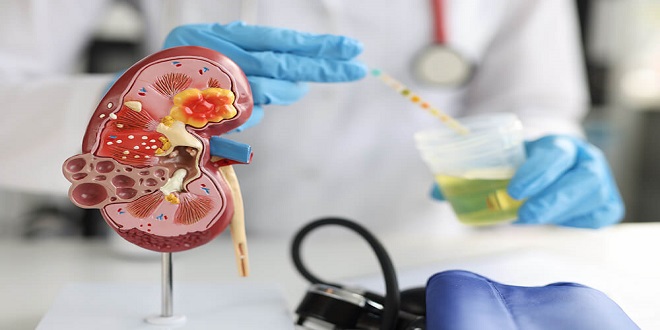
The urobilinogen-in-urine test, also called the urobilinogen testing, measures the amount of urobilinogen found in urine samples. Although urobilinogen can be found in all urine samples, a high level may indicate liver disease such as cirrhosis, hepatitis, or other liver problems.
Here are some facts about the Urobilinogen Test.
As stated previously, urobilinogen can be made from bilirubin. This is a compound that is formed during the decomposition of old red blood cells. To produce bile juice, the liver needs bilirubin. This is a digestive fluid that is both released from the liver and deposited in the gallbladder. Bile can contain bilirubin.
Urobilinogen in urine ranges
Normal urobilinogen levels fall within the normal range of urobilinogen (urobilinogen) in urine. This is less than 17 umol/L. However, results that fall between 0-8 mg/dl are still considered normal. An abnormal urobilinogen concentration in a clinical setting would be outside this range, or one that is significantly lower or higher than the normal urine urobilinogen range.
A higher level of urobilinogen may indicate liver disintegration, liver overload, poisoning, or cirrhosis.
An increase in urobilinogen could indicate a blockage of the bile system or failure of the synthesis.
Urobilinogen test
Your health technician will need to take your urine samples. As the technician explains the steps to keep the sample clean, he will walk you through them. These guidelines are known as the “clean catch” method. The steps that must be followed include: Wash your hands. The technician will give you a pad to clean your hands. Use it to clean your penis head. You will need to open your labia and clean the entire area from the front to the back. You will need to start to urinate. Take extreme care to remove the container from its place and then take the sample. You should check to make sure that the container is not missing any markings. At least one to two ounces must be collected from the subject. Stop urinating. Return the sample container to the person working on your computer.
Is a urine uric acid or urinary urobilinogen test necessary?
As part of your regular examination, your primary care physician might recommend a urobilinogen urine test to monitor your overall health. It may be recommended if you experience nausea, vomiting and insatiable appetite. These symptoms could indicate liver disease or an increase in the normal range of urobilinogen levels.
However, doctors may recommend you have this test if you experience symptoms such as dizziness, heart palpitations and lightheadedness. Jaundice can be characterized by yellowing eyes, skin, and lips, as well as yellowing of the eyes.
Low Urobilinogen Levels Causes
The root cause of symptoms such as decreased urobilinogen levels is what causes them. If your bile flow is lower than normal, you may experience the following symptoms:
- Skin that is reddening and itchy
- Fatigue
- Complexion similar in nature to lemon meringue (jaundice).
- Dark urine
- A stool that is yellow or obnoxious and is frequently passed.
- Anorexia
- Nausea
- Vomiting
A decrease in body weight
What can we learn from the results of the urine analysis?
Your overall health picture is only as good as the results of urinalysis. They measure the urobilinogen levels in your urine. While the test can detect potential problems, it will not be able tell you if there are any health issues. These findings may indicate that you should have additional testing or receive follow-up treatment. You will decide what next steps to take based on the reasons you had the exam in the first instance.
Conclusion
Your doctor may not perform additional testing if you have mildly abnormal results but no other symptoms or signs. Your doctor may adjust the treatment plan for you if you have a urinary tract infection or a kidney problem.

